For years I’ve looked at Great Britain as a beacon for mature BIM, a BIM where the “I” held more significance. As such, I’ve often relied on the NBS National BIM Report in order to try and understand where the UK was at.
The latest years have changed that a bit. We have all grown and, as a child grows up and starts looking at her elders with a bit of criticism, I have often found myself wondering whether the British really knew where they were going, this time. I am of course referring to the ISO 19650 and its failure to provide universal guidance on practical issues such as naming, level of information need on objects following an ISO12006-like classification for the built environment, workflows within the Common Data Environment and contractual issues. And I understand that these lacks cannot be considered the UK’s fault, but still I don’t appreciate a certain blind, pedantic, partisan adoption attitude I am seeing from well-respected members of the UK BIM crew.
That being said, this year marks a significant milestone within NBS, as this is their 10th National BIM report, meaning they have been running this survey for ten years now. The first time I talked about it, it was 2015. I was “only” 5 years late. But you know, in 2010 I was still pouring concrete in Israel.
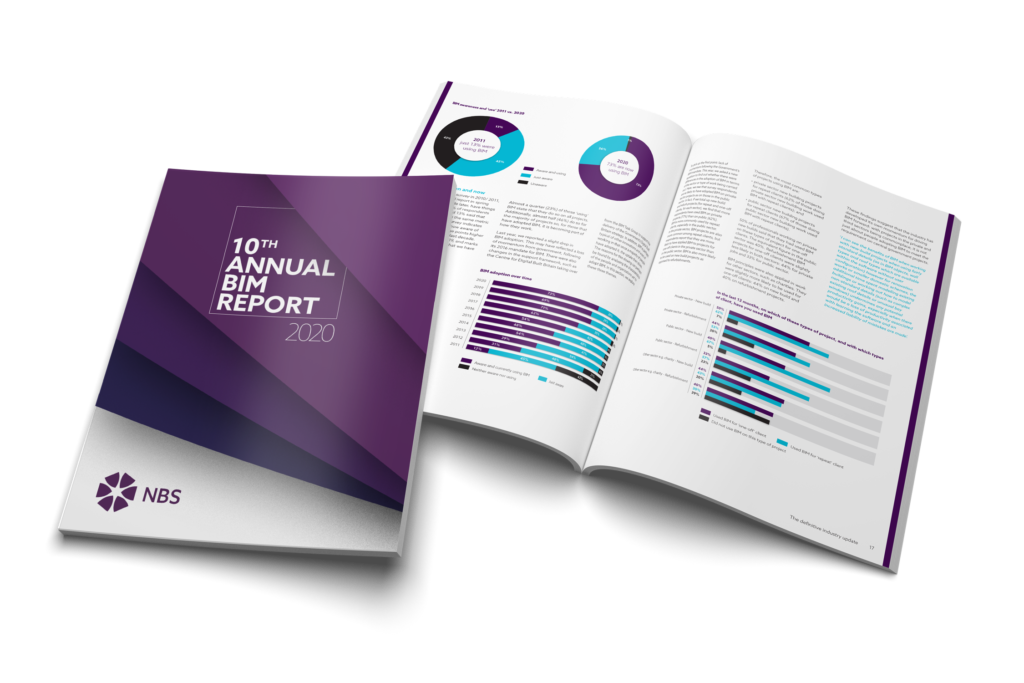
This year’s report sees the contribution of a bunch of good friends and that makes it even more appealing: Emma Hooper, Andy Boutle, Dale Sinclair and Mike Turpin, alongside specification expert John Gelder and Richard Waterhouse, Chief Strategy Officer of the NBS.
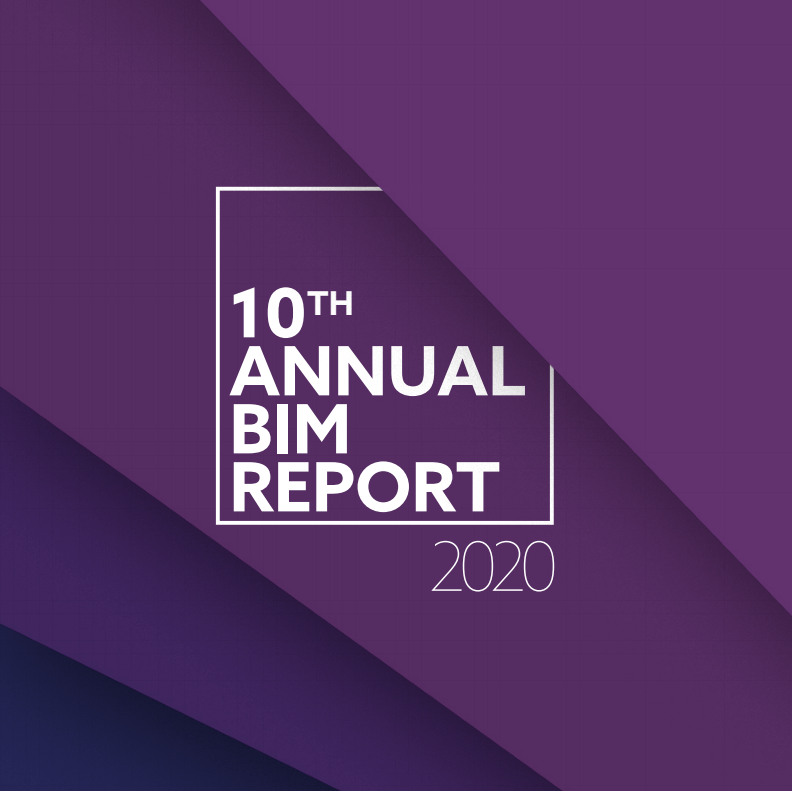
In 2010, we carried out a survey into an emerging new way of working: ‘building information modelling’. We published the results in spring 2011, noting that it was the first time that 43% of the 400 people who took part in that survey had heard of BIM.
– Richard Waterhouse (Chief Strategy Officer, NBS)
A great deal of thought is given to the ISO 19650 guidance, an industry document developed in late 2018 and meant to explain ISO 19650.
If you don’t know it, it’s available on the UK BIM Alliance website and it comes in two parts:
- Information management according to BS EN ISO 19650. Guidance Part 1: Concepts;
- Information management according to BS EN ISO 19650. Guidance Part 2: Processes for Project Delivery, currently to the 2nd edition.
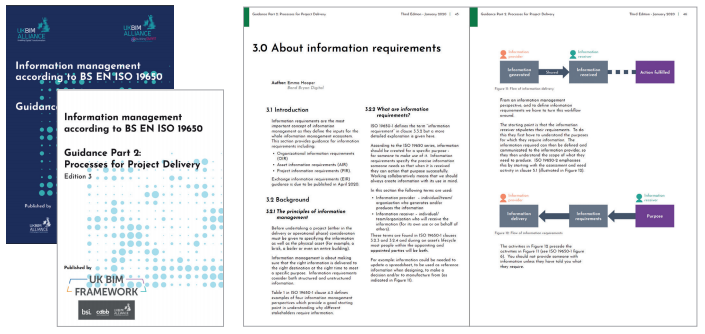
The guidance is an evolving resource. It is updated every quarter, with more sections being included. In the future, additional guidance will be released to support the publication of new standards.
– Sarah Davidson (Guidance co-editor, Associate Professor University of Nottingham)
Attention is also given to the RIBA Plan of Work 2020, in regards to BIM but with very little mention of the fact that the “BIM consultant” is there mentioned as a necessary figure in order to sail home, which I find to be downright outrageous.
What’s interesting, though, is its continued focus on specifications and we know how tricky those can be to integrate within an information model. I talked about it here. See also the video at the bottom of this article.

In this age, information underpins everything we do. We require more information than ever before, and our technology creates more than ever before.
Andy Boutle (Head of BIM, Kier Construction)
But the core part of the report concerns the numbers, so let’s go and see what’s new and what stayed the same, in these 10 years of BIM.
1. What seems to be new
If you are working in BIM, I’m sure you can’t fight off the feeling that we’re going in circles, always fighting the same battles, always discussing the same topics. I know I have that feeling. Numbers are unbiased (sort of) and can help us fighting that sense of purposelessness that sometimes grabs us by the throat. So, what’s new in these 10 years?
1.1. Awareness
I’ve seen this in classes and conferences as well: once upon a time you had to ask who has heard of BIM, and you found yourselves with a bunch of bravely raised hands, but now you have to pose the reversed question and only a few people have never heard of BIM.
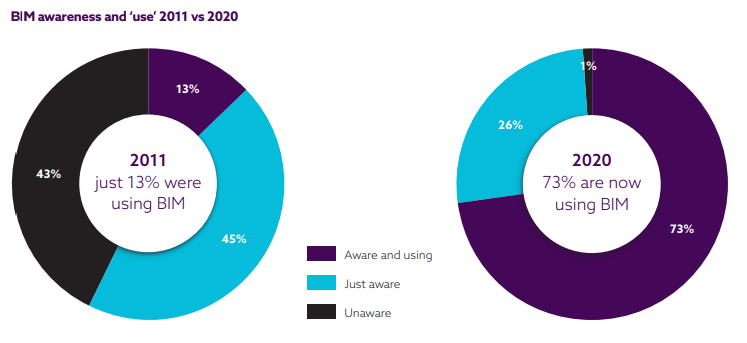
If we take a look at awareness over time, since 2011, this is pretty much how it went.

That bump between 2014 and 2015 around simple awareness and actual usage was what prompted me to write my first article around it and it’s actually to be considered as a success in the general awareness of what is considered to be BIM and what just is 3d modelling.
And this is pretty much the overall situation of people who took the survey over time. Let us bear in mind that these kinds of surveys tend to have an underlying bias: people who answer often have strong emotions towards the topic.

1.2. Software usage
Autodesk is still leading the party, with a small portion of people using AutoCad (I would like to see this data cross-referenced with the “Have you adopted BIM yet?” question, one day) and 50% of the overall surveyed market using Revit. What’s left is ARCHICAD and Vectorworks, with no sign of Bentley of Allplan.

This is probably because they decided to show just the top 5 tools, but still is a lot.
2. What stayed the same
As Niobe would say, some things change (thank God) and some things never do. Sometimes this is a good thing, sometimes it’s a bad thing. Being a report on the adoption of innovation, there’s a very slim chance that things never changing would be a good thing, but let’s try and be optimistic.
2.2. To BIM or not to BIM?
One of the other recurring questions within the survey, which I always find interesting, is the one about the barriers and a lack of client involvement is often top of the list. An evergreen is also always the lack of in-house expertise and the lack of training.
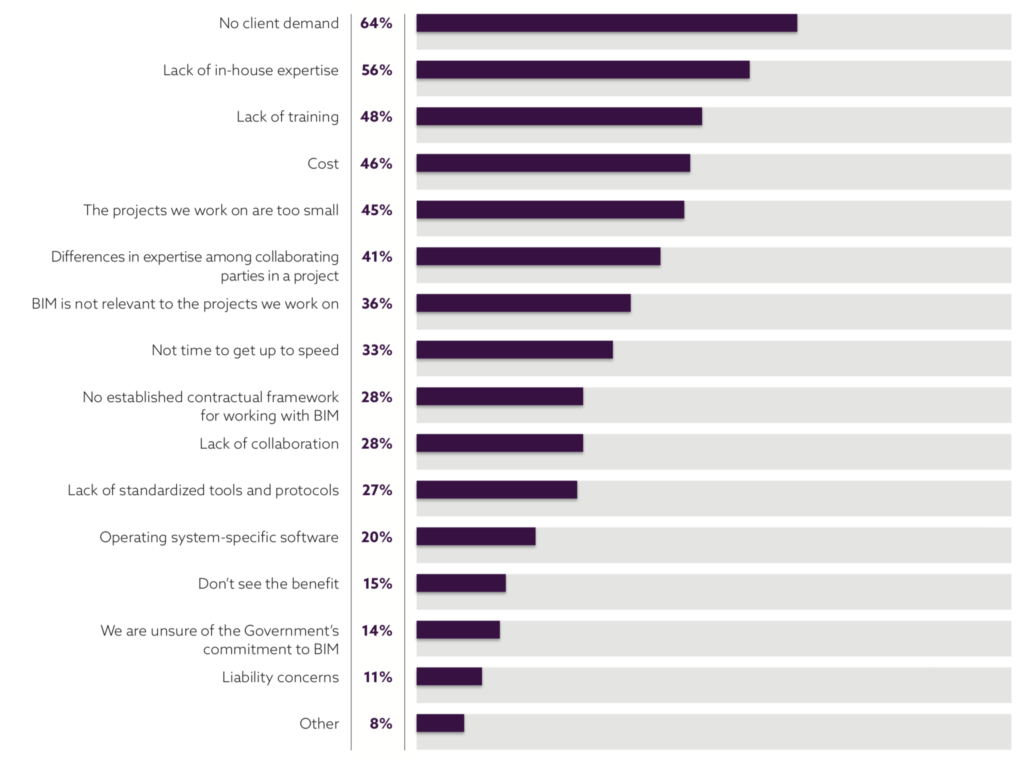
2.3. Those Manufacturers and their Objects
I know. Building a proper Company library is a pain in the ass, and maintaining it is even worst. Therefore I understand this idea that having manufacturer’s objects ready-for-use would be good. I really understand it. To me, this always is a sign of non-mature users: the very idea of a standard objects clashes again the concept of model uses. It is certainly true that one of ISO 19650 greatest accomplishments was proposing a sort of standardized list for model purposes, so we might even be able to pull a standard library off. But not today.

2.4. ISO 19650 adoption
It’s good to see that we are not the only ones struggling to have ISO 19650 accepted and adopted by the market. Regardless of the so-called Vienna agreement, that de facto put the European national norms into early retirement, a good amount of people are still following BS 1192 and the PAS 1192 series, lots of which are formally retired.

There’s also a 10% of people who “do it differently”. And now I’m morbidly curous.
3. A few other insights
There’s a bunch of other things I found to be interesting within the survey, although their significance doesn’ really apply to their being put into historical perspective.
3.1. What have you been up to?
Thinking in more detail about BIM, in the last 12 months, which of the following things have you been involved with, in some way, on BIM projects you have worked on?
The question is vague and there would be a couple of things I would like to understand from people who anwered, those mainly being:
- Who are you? (which role did you have on those projects)
- Give me a definition of “involved”: are these things you actively worked on, or did you just see them passing through?
Regardless of that, answers are interesting: 67% of people have been working on BIM Execution Plans and Common Data Environments, while more than 50% have been involved in Information standards and Exchange Information Requirements.

Dangling at the bottom of the food chain, both the Task and the Master Information Delivery Plan. And this brings me to the third question I would like to ask, which is:
- are you at all familiar with the terms expressed in this survey?
Because it frankly escapes me how can you be involved with a BIM Execution Plan while not being involved with an Information Delivery Plan.
The second interesting question related to this topic deals with the approach to BIM projects:
Thinking about the projects where you have adopted BIM, which of the following approaches has your organization adopted with respect to sharing information?
Decades of building a culture around the importance of a naming convention seem to have payed off, since 68% of people mention it. It is unsurprising to see the suitability and the revision codes, up there, all things that were preciously detailed into the BS 1192 since the very beginnin and that ISO 19650 has now blasted into oblivion.
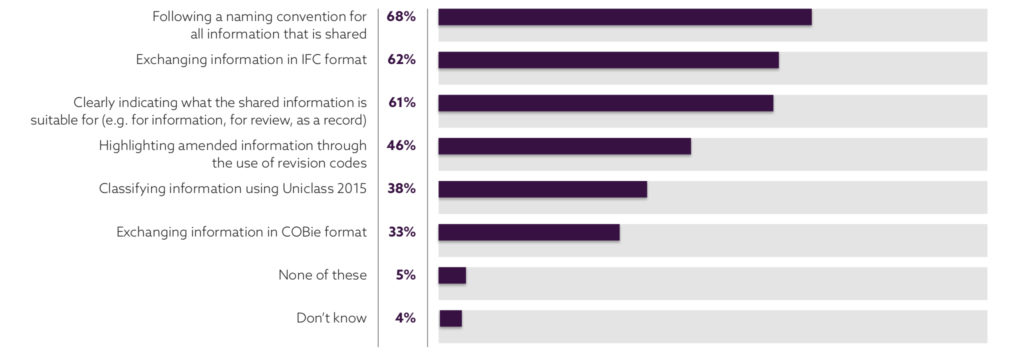
I was also surprised to see Uniclass being so low, suggesting that we might still be lacking an object-centered approach. This surely would be a consequence of the British Levels of Definition not being cascaded upon objects as the US Levels of Development are. A mistake I sincerely hope won’t be made again in the Levels of Information Need.
IFC ranks very high, it’s a tough world for everybody, and it always surprises me to see COBie scoring more than 20%, regardless of it having been mandatory for years in PAS 1192-2 and regardless of it having its own standard (BS 1192-4). It’s either we have 33% of fanatics or we actually have real people out there using the thing. I would like to see a mirrored survey on their clients and understand if facility managers actually find it useful in real life (and not the ones being led by BIM Consultants dancing to their own music). I always have this awful feeling we’re fooling ourselves, when it comes to BIM and Asset Management.
3.2. Who do you rely upon?
Regardless of all the doubts you might have around the whole thing, regardless the nightmares that might keep you awake at night, you know Britain is a great and glorious Country when people rely so much on institutions.
Which of the following are you likely to turn to for information about BIM?

This of course might be biased, because people answering to an NBS survey for sure know about the NBS and value its works, but its’ refreshing to see the British Standards Institute ranking equally high.
RICS reliability took a dive for the worst, and I’m sorry to see that, along with the Center for Digital Built Britain, which I find less surprising. Consultants are midway, a position I of course have mixed feelings about.
What’s more refreshing, is seeing software resellers dangling at the bottom of the food chain. I will applaude the day software vendors will be down there as well. Because guys, your nutritionist shouldn’t be the same guy owning the candy store down the street.



No Comments